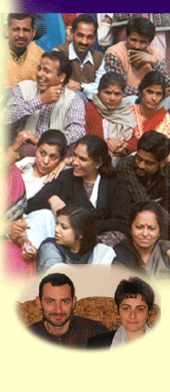
The PRIME II Project was committed to the principle of gender equity and endeavored to integrate gender sensitivity into all of its programs.
Gender sensitivity is defined by USAID as “the ability to perceive
existing gender differences, issues, and inequalities and incorporate these
into strategies and actions.” Gender equity is “the process of
being fair to women and men. To ensure fairness, measures must often be
available to compensate for historical and social disadvantages that prevent
women and men from otherwise operating on a level playing field. Gender equity
strategies are used to eventually attain gender equality.”
PRIME II field-tested gender sensitivity assessment tools for reproductive health providers and managers in Rwanda and finalized a gender sensitivity tool for reproductive health curricula in Bangladesh. PRIME also conducted a gender-based violence readiness assessment in Armenia, where the Project tested a curriculum designed to give providers the necessary knowledge and skills to treat and refer women who are victims of violence. PRIME worked to increase male involvement in reproductive health training and service delivery programs, and identified and addressed gender issues related to female genital cutting, HIV/AIDS integration with family planning, safe motherhood and adolescent reproductive health.
|











